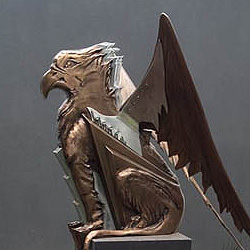
Differences between Low Pressure and High Pressure Die Casting
Two dominant forces in the castings industry shape and condition metal products. First, scorching temperatures liquefy rigid metals. The amorphous

Two dominant forces in the castings industry shape and condition metal products. First, scorching temperatures liquefy rigid metals. The amorphous
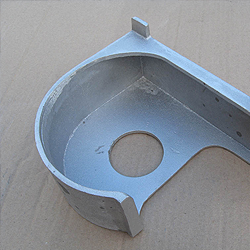
The engineering labels employed here make these terms sound aggressive, explosively so, but the differences between shotblasting and sandblasting actually
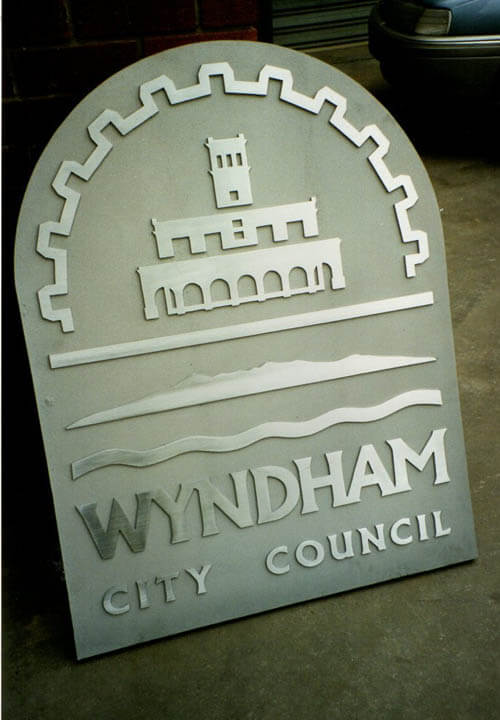
Simply put, non-ferrous castings don’t contain iron, so aluminium is part of this iron-free family tree, as is magnesium, copper,
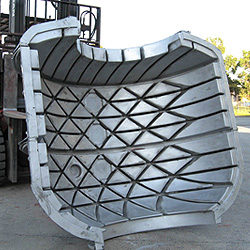
Special finishes are often applied to non-ferrous parts at the post-processing stage. There are extra polishing and machining stages here,
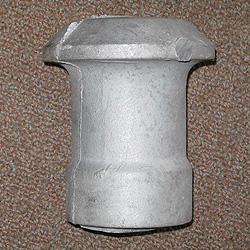
Unique among high-end metal casting techniques, the rotational moulding process uses radial momentum to direct liquid metal flow. The equipment
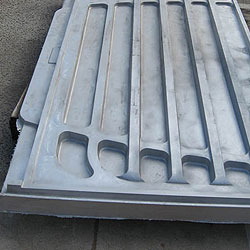
The goal of this clash of the furnaces is to create a differential review, a critique that looks closely at